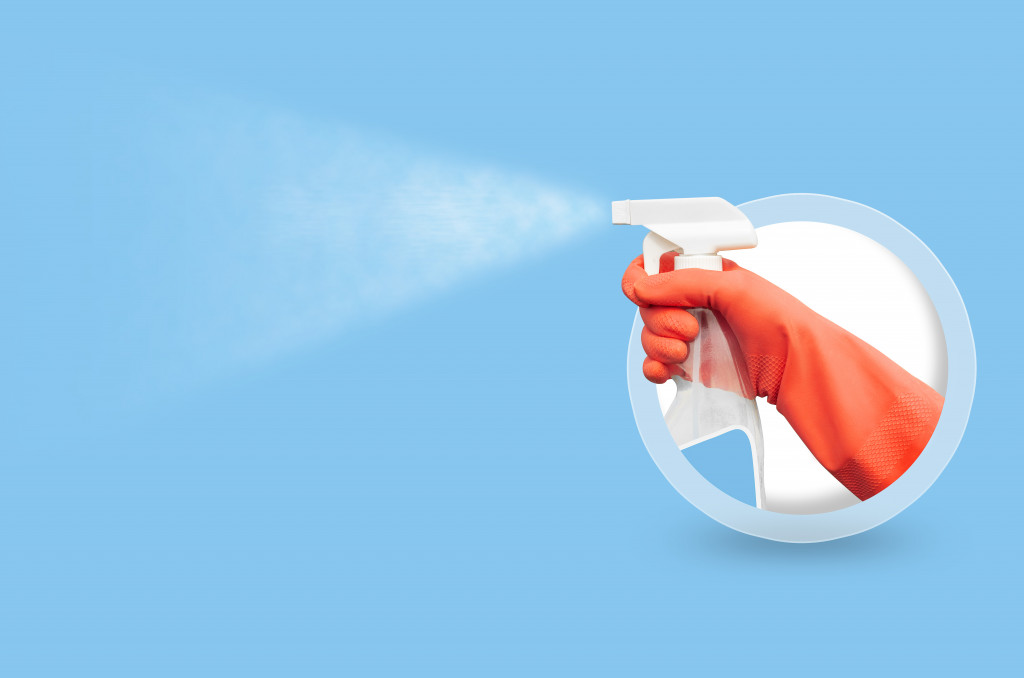If there’s anything worth making last, it’s the exterior walls of a home. Specifically, the paint job.
Paint has been used to beautify a space ever since the dawn of time, as evidence by our ancestors 30,000 years ago. However, paint doesn’t just beautify a home; it can function as a form of protection for sidings too. It promotes longer durability by keeping moisture out, preventing termites, and making dust easy to remove. All in all, it doesn’t just help with curb appeal, but it serves as a preventive measure too.
To enjoy the benefits paint brings to exterior surfaces, here are some tips to make the most of it.
Start By Painting the Right Way
If the exterior walls were painted correctly in the first place, that alone could resolve any possible costs in the future. But other than that, this is an essential foundation to the home’s exterior wall, especially when they’re the first line of defense from outside elements and weather changes. To make the most of it, consider using paint that’s made specifically for this. Exterior paints contain chemicals that make them weather-resistant, thus protecting the walls too.
Some factors to watch out for when painting are the weather, cleaning the sidings, the amount of paint needed, minimizing streaks, and more. Don’t forget that coat of primer!
Repair Any Damage on the Surface as Soon as Possible
Speaking of paint, painting over problematic areas or rotting away surfaces is not a solution. In fact, it’s just as bad as ignoring the problem. A temporary fix is never reliable and advisable when it comes to the protective barrier of a house. Be it water damage or a crack in the wall, the best thing to do is go directly to the root of the problem. Replace or repair the damaged area or siding with the right tools and on time. Putting it off will only cost you more later.

Clean the Dirt Away
Although you might think that this is more for looks than function, the dirt and debris sitting on the sidings may harm its quality in the long run. Cleaning the sidings can be a tedious task, but after seeing the outcome, it’d be easy to say that it was worth it. Use soapy water and a soft-bristle brush. But for more convenience, especially for hard-to-reach places, go for a garden hose or a pressure washer.
Leaving the washing to the rain isn’t a good idea. What difference does it make? Well, for one, the water can invite dust and debris later on. To preserve the condition of the exterior wall, washing it properly is the way to go.
Install Gutters as Protective Measure
A gutter system does a great job redirecting and collecting rainwater to the ground, enabling the exterior walls to have less contact with the rain. However, because gutters are composed of metal, they will corrode after a long time. As a result, they become rusty and prone to leaking. In this case, scrub off the rust and add a coat of anti-rust primer. For holes, use a sealant. But if the problem becomes too big to fix, contact your local gutter installers to install new ones or replace the unfixable areas.
Hovering Branches Should Be Cut Off
Branches that hover over the house will eventually scratch the exterior of the home, like the walls. The damage won’t be instant. Instead, it’s done slowly but surely. This doesn’t mean that trees on the property should be cut down. Trimming the branches will do, especially if they grow in the direction of the house.
Besides the house’s exterior walls, these branches may also scrape against the gutters, roof, and windows. This is more reason to have the branches cut regularly.
Other Benefits of Paint
As mentioned above, paint has the ability to protect the wood. It does so by serving as a barrier from termites and exterior moisture (especially during rain and snow). It coats the wood to be exposed to elements that may cause it to decay quicker than if it were not. In a way, it keeps the wood “dry” and in good condition for a long time.
Never underestimate the power of a good paint job. Paint is not just to address the cosmetic concerns of a room or the dullness of a wall. Although colors in themselves are transformative–providing many opportunities to improve a space–they help keep the integrity of a home.

